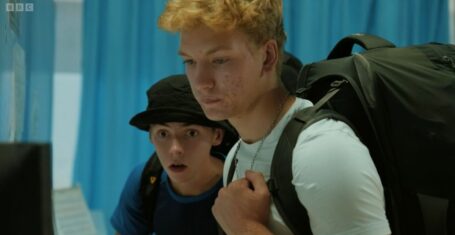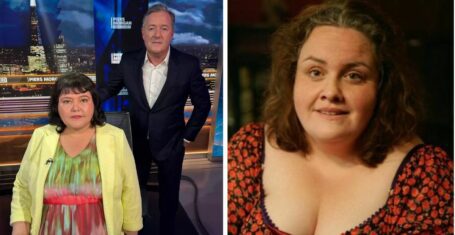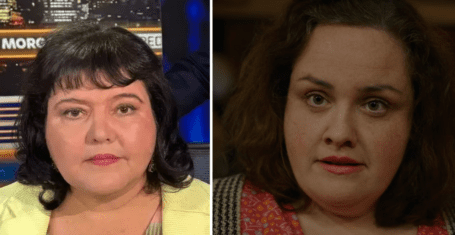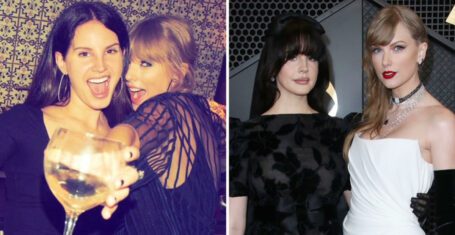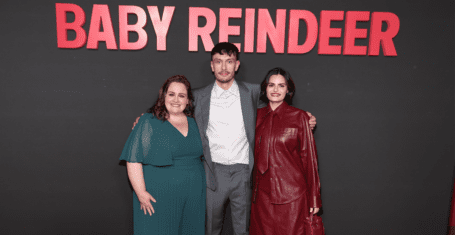
The Woman in Black
ROSIE ROBSON is horrified, and not just by seeing Daniel Radcliffe neither magical nor nude.
Directed by James Watkins.
[rating: 4/5]
It’s always going to be a bit difficult when Daniel Radcliffe is your man. He either reminds us too much of Harry Potter or has to get his knob out.
In The Woman in Black, he plays a widowed father which, though perhaps a bit of a stretch for the imagination, he does manage to pull off. From the very first shot of Harry scraping off a nine o’clock shadow, his piercing blue eyes scream “I’m an adult!” As the movie progresses, and he says less and less, it gets better. This is not necessarily a comment on the quality of his acting but on his choice to not modulate his voice at all from the Potter drawl.
Although from its opening the film racked up several unnecessary horror tropes, it developed much more thoughtfully into a taut, psychological thriller. James Watkins, the director, clearly knows his horror. Blurred figures in the backgrounds of shots, sea mists shrouding Victorian cemeteries and enough jumps that I feel it’s my duty to advise anyone with a mild heart condition to avoid this film.
Window-gardium leviosa!
Radcliffe plays a dedicated lawyer sent to organise the documents for the late owner of a creepy mansion. Against the advice of the villagers (classic horror, anyone?) he persists in his duty as the children of the neighbourhood fall like flies. Ignorant of the genre, he fails to recognise that the arrival of his own four-year-old son could spell trouble. This all makes it sound rather trite, but the film builds up suspense masterfully, never asking you to suspend too much disbelief too soon. The climax ties together all of the film’s threads intelligently yet surprisingly – although its railway setting leaves half an eye out for Platform 9 ¾.
The movie deviates much from the original play script, adding in a few more characters and sub-plots to help the story along. However, the main reason you should see this film, is the communal aspect of watching horror in the cinema. Every scare, normally accompanied by the piercing scream of a female audience member (often the reviewer herself), was followed by shared nervous laughter. When the lights go up, the collective sigh of relief acknowledges everyone’s embarrassment at having found the fiction quite so terrifying.
httpvh://www.youtube.com/watch?v=TXXRS3Kghh4&ob=av3e

























